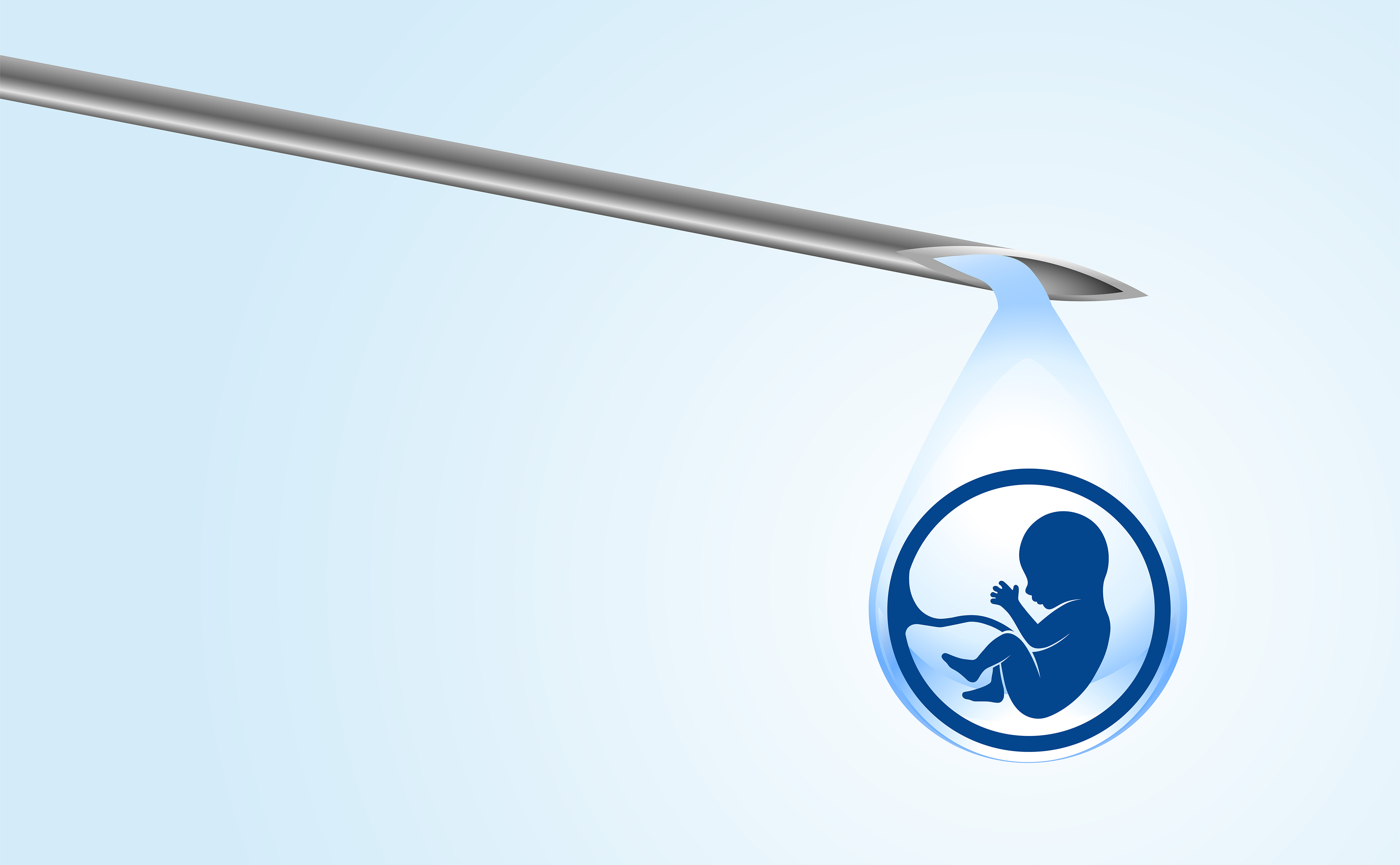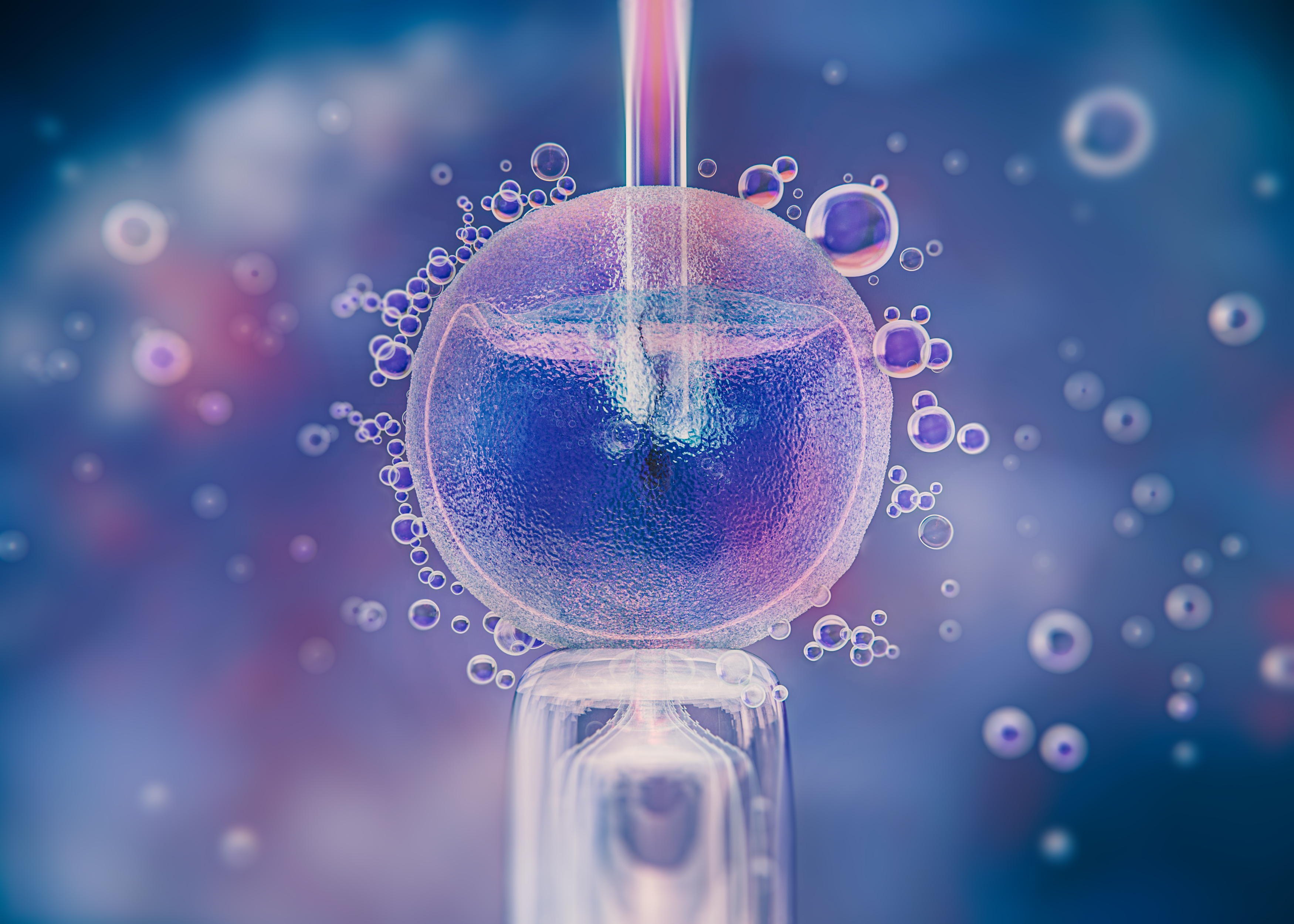
Breast Cancer Awareness Month
A healthcare awareness initiative known as Breast Cancer Awareness is observed annually throughout the month of October with the aim of raising awareness of breast cancer and dispelling its stigma. Among women, breast cancer is one of the most prevalent cancers.
What is Breast Cancer Awareness Month?
Every October, the world observes Breast Cancer Awareness Month as a health initiative. Promoting screening and lowering the risk of the disease, which impacts 2.3 million women globally, is the month's main goal. The month is well-known for its pink theme color and includes several activities and initiatives aimed at:
Supporting those who have been diagnosed with breast cancer, including those whose disease has spread. Informing people on the risk factors for breast cancer. Encouraging women to have routine screening for breast cancer beginning at age 40 or earlier, based on their individual risk. Raising funds for research into breast cancer.
Breast cancer: what is it?
When breast cells change and proliferate uncontrollably and form tumors, breast cancer results. Usually starting inside the breast's milk ducts and/or milk-producing lobules, breast cancer cells have the potential to migrate to other parts of the body and become fatal if treatment is delayed. The most prevalent cancer in women and the second leading cause of cancer-related deaths for women globally is breast cancer.
It's important to recognize various common symptoms of breast cancer, such as: A lump under the armpit or breast, Enlargement or thickening of certain breast areas, Any alteration to the breast's dimensions and form, Breast pain, Nipple discharge other than milk, such as blood, Nipple pain.
Significance of Raising Awareness and Inspiring Action
Although timely detection increases the likelihood of proper treatment, numerous women, particularly in nations such as India, do not understand that regular examination and screening are necessary. This is where international campaigns like Breast Cancer Awareness Month become important.
The campaign aims at making people aware of breast cancer and providing them with life-saving information. Throughout the month, several events, campaigns, and talk shows are employed to bust myths, de-stigmatize, and encourage women to take proactive measures, like setting up an appointment for a mammogram or visiting healthcare professionals.
Breast Cancer Awareness Month's history
The American Cancer Society started the event in 1985 as a week-long awareness campaign in collaboration with Imperial Chemical Industries, a British manufacturer of tamoxifen. Eventually, the campaign expanded to last for a whole month.
The pink ribbon first appeared in 1992 when Alexandra Penney, the editor-in-chief of SELF magazine, teamed up with Evelyn Lauder, the senior corporate vice president of Estée Lauder and a breast cancer survivor, to hand out pink ribbons following the publication's second annual Breast Cancer Awareness Month issue.
The Pink Ribbon
To mark Breast Cancer Awareness Month, people wear pink ribbons all over the world. The ribbon acts as a visual reminder of people who have been diagnosed with and are currently battling breast cancer in addition to being a symbol of breast cancer awareness.
Pink was specifically selected to raise awareness of breast cancer because it is linked to femininity, health, and caring, and because it encourages optimism and fortitude in the face of the disease. In order to generate money for research and to help individuals who are already facing breast cancer, numerous organizations and groups have used and distributed pink ribbons in a variety of breast cancer awareness campaigns, events, and items over the years.
Conclusion
During Breast Cancer Awareness Month, we have the opportunity to raise awareness about breast cancer, discuss preventive strategies, discuss the most recent advancements in treatment, and emphasize the value of routine mammograms in enhancing survival rates and empowering women to take charge of their health. It's better to be proactive than to be late. Therefore, to prevent breast cancer, schedule your screening now rather than waiting for symptoms to manifest.

